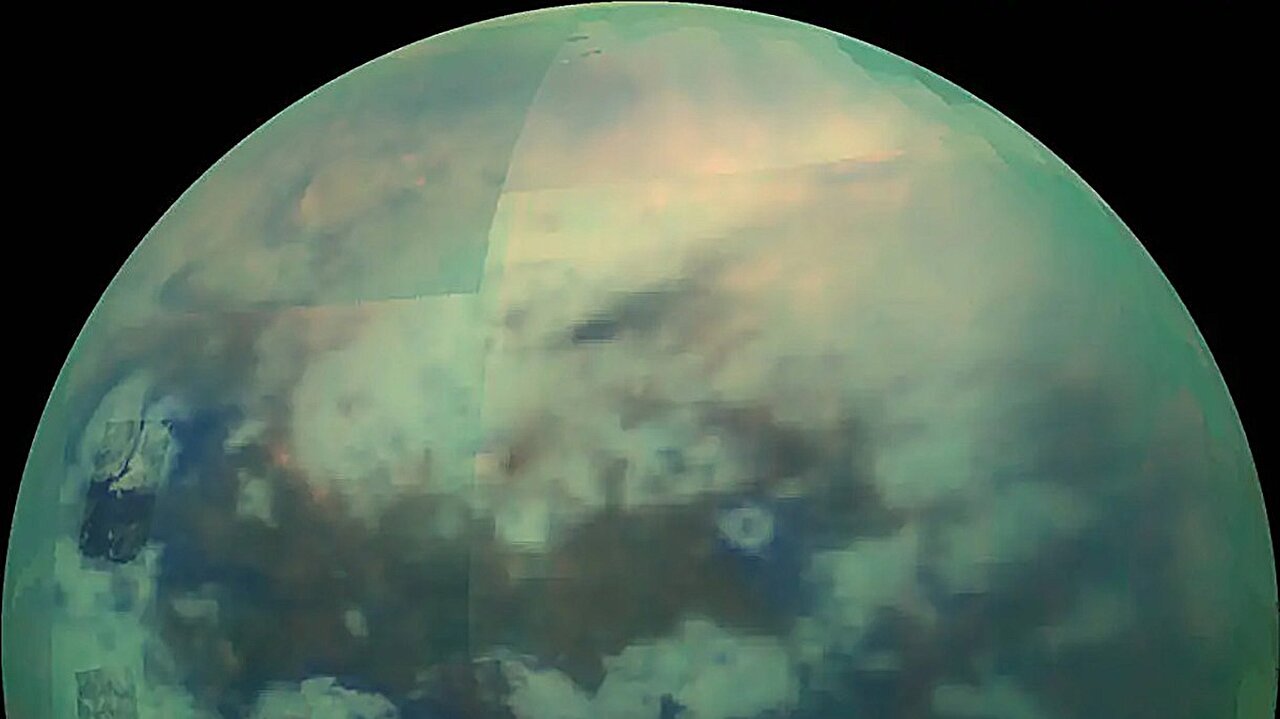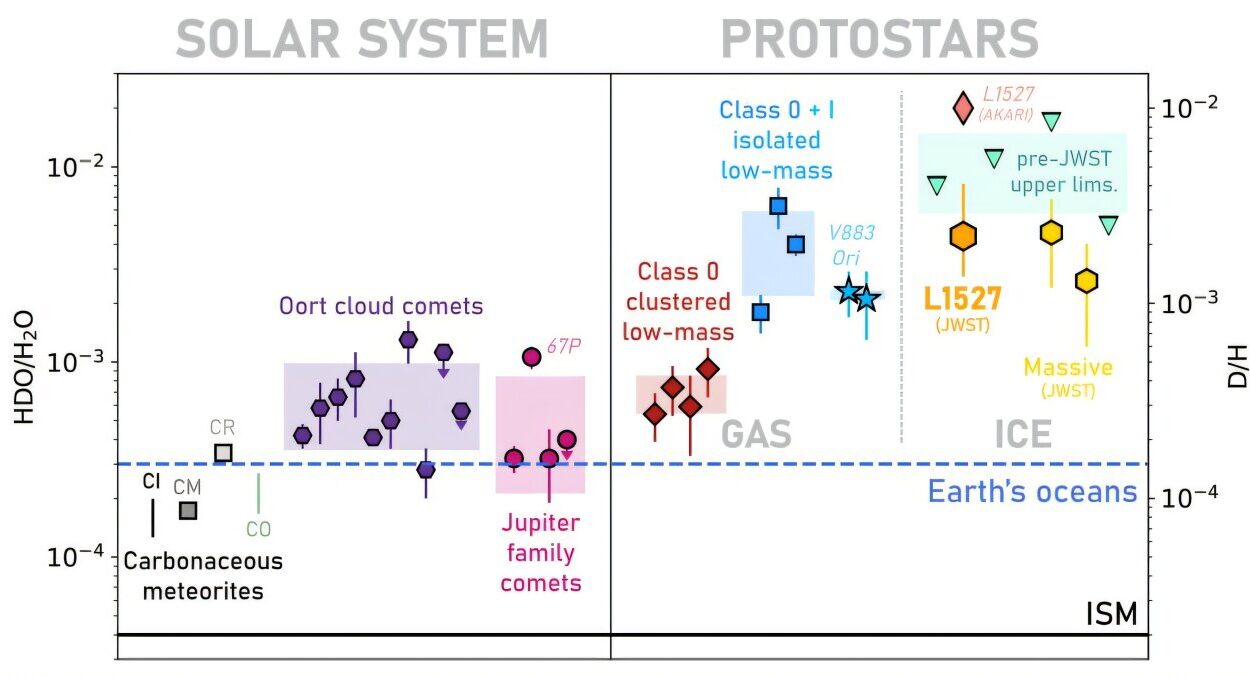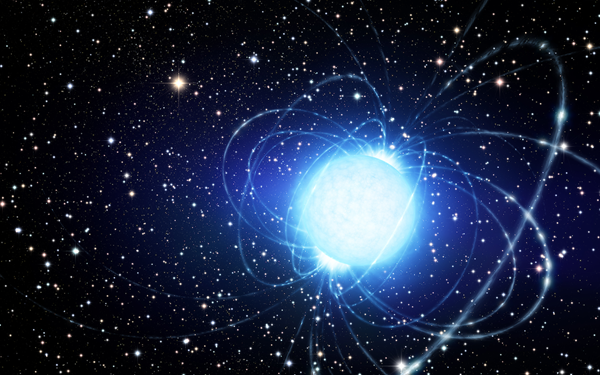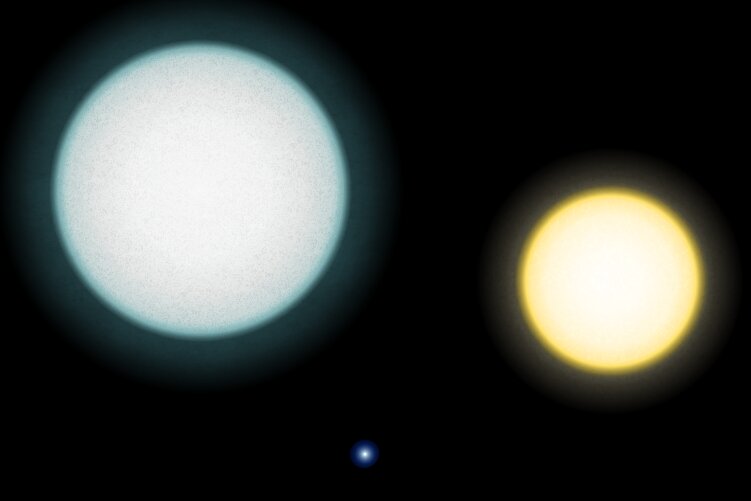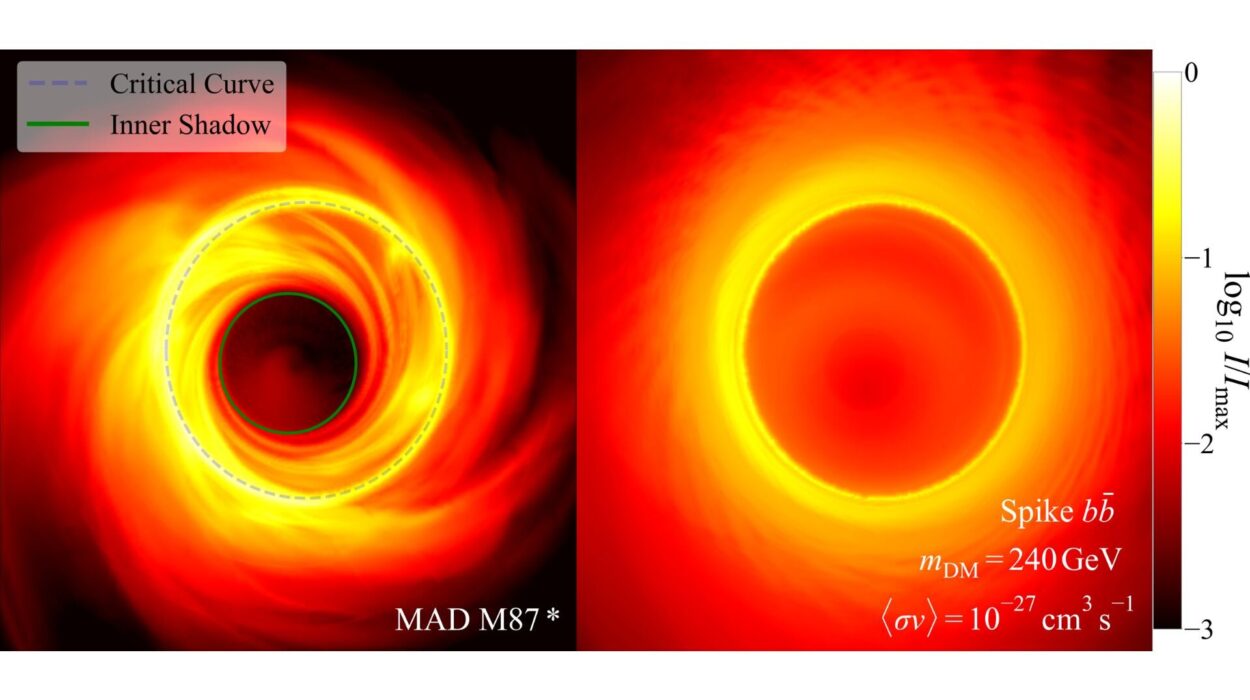When NASA’s Perseverance rover touched down in Mars’ Jezero Crater in early 2021, it landed in what planetary scientists consider a gold mine—a well-preserved river delta. Deltas, those fan-shaped deposits where rivers meet larger bodies of water, are more than just geographical curiosities. They are natural archives, packed with layered sediments that document the passage of time. These features don’t just whisper stories of climate shifts and ancient tectonic activity—they sometimes shout signs of life.
So, when scientists turned their gaze to Titan—Saturn’s largest moon and the only place in our solar system besides Earth where liquid flows on the surface—the expectation was similar. Titan, after all, boasts rivers, lakes, and even seas, though its fluids are not water but methane and ethane, hydrocarbons that flow in the moon’s frigid conditions. The presence of deltas, then, seemed inevitable.
Except they’re not there.
Or at least, not in the numbers anyone expected.
In a recent study led by Sam Birch, assistant professor at Brown University, planetary scientists reported a puzzling finding: Titan appears to be nearly devoid of river deltas, despite having extensive river networks. It’s a surprising result that’s reshaping how we think about this alien world and the geologic processes that sculpt it.
Titan: A Mirror of Earth, Yet Strangely Alien
Titan has long intrigued planetary scientists for its eerie familiarity. Beneath its hazy orange sky lies a world carved by processes we know well—rainfall, erosion, evaporation. Yet, on Titan, these Earth-like behaviors are executed by utterly different materials and under vastly colder conditions. Its rivers, lakes, and seas are composed not of water but of methane and ethane, which remain liquid at Titan’s surface temperature of -179°C (-290°F).
When the Cassini spacecraft flew by Titan in 2006, it brought back thrilling images using synthetic aperture radar (SAR), capable of peering through Titan’s dense atmosphere. It revealed a landscape pocked with lakes and etched with river channels. Scientists were elated. This was no frozen wasteland—it was a dynamic world, possibly with an active hydrological cycle.
Yet something was missing. Amid the branching channels and expansive lakes, Cassini’s images didn’t clearly show the signature triangular forms of deltas. The reason for that absence—whether deltas were simply hidden in the data or genuinely absent—became a compelling mystery. That’s what Birch and his team set out to resolve.
Simulating Earth Through Titan’s Eyes
To determine whether Cassini’s radar simply failed to detect deltas, Birch developed an ingenious strategy. He took familiar terrestrial landscapes—those rich with river deltas like the Mississippi or the Nile—and created synthetic radar images as if they were being seen through Titan’s atmospheric and liquid conditions. Essentially, he replaced Earth’s water with Titan’s methane and ethane in the simulation, adjusting for the radically different absorption and reflection properties of these liquids.
The result? The synthetic SAR images still revealed deltas clearly. Large coastal features like barrier islands and sediment plumes were visible, even under Titan-like imaging conditions. This strongly suggested that if large deltas existed on Titan—ones on par with Earth’s Mississippi or Niger deltas—they would appear in the Cassini data.
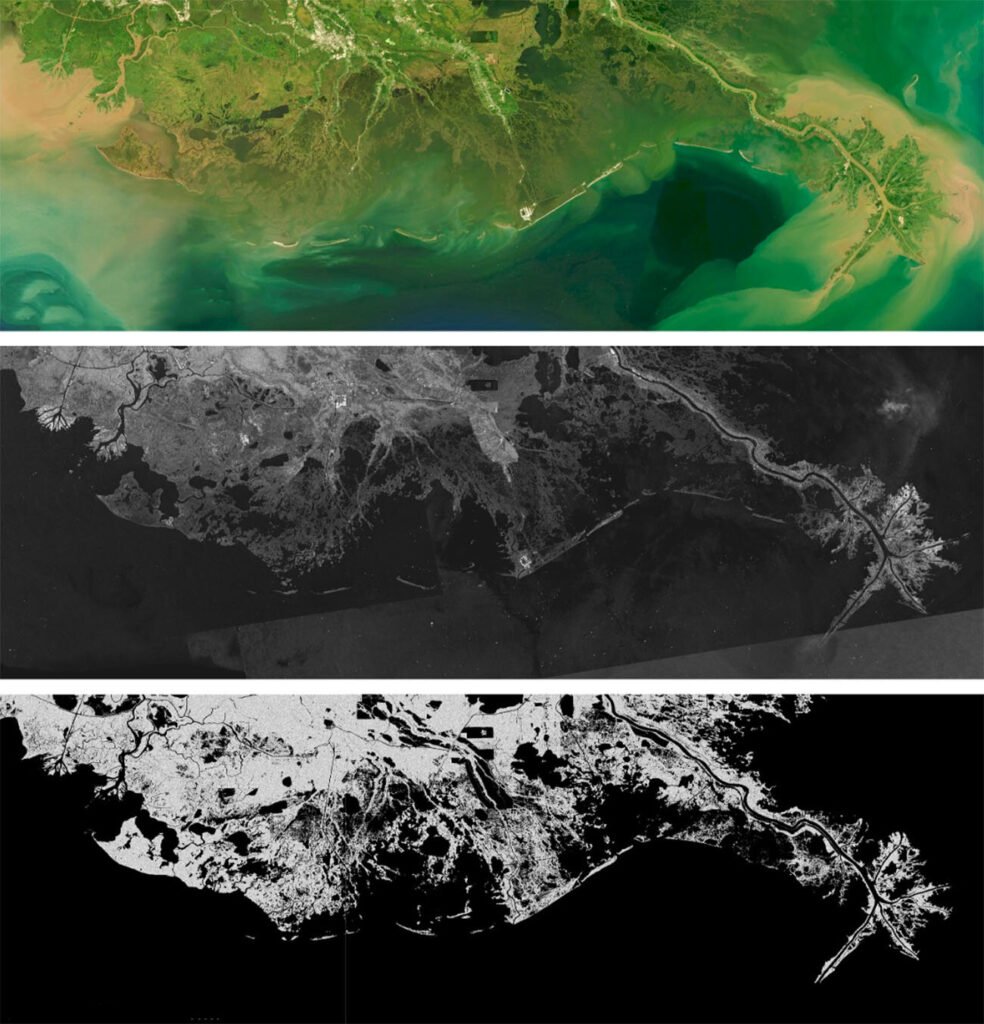
But they didn’t.
When the researchers combed through the Titan imagery again, they found only two credible delta formations, both near the moon’s south pole. Beyond that, there was a vast emptiness. Of the dozens of significant river systems on Titan that meet seas or large lakes, only about 1.3% appear to form deltas.
By comparison, on Earth, nearly all rivers of similar size produce them.
Why Titan Defies Expectations
This dearth of deltas throws open a door to new questions. On Earth, the equation seems simple: flowing rivers plus sediment equals delta formation. But on Titan, that rule doesn’t seem to apply. Birch and his team propose several possible explanations.
One hypothesis is that Titan’s sea levels change too quickly for deltas to form and stabilize. On Earth, delta formation is a long-term process, requiring relatively steady conditions for sediments to accumulate in fan-like structures. But Titan may experience frequent and dramatic shifts in sea level, possibly driven by atmospheric cycles, orbital mechanics, or changes in surface temperatures. Such shifts could “smear” sediment deposits over time, preventing deltas from taking shape.
Another possibility lies in Titan’s robust winds and possible tidal currents. Titan’s dense atmosphere—over four times thicker than Earth’s—can drive powerful winds across its surface, particularly near its poles where lakes and seas are most concentrated. These winds, in combination with tidal forces exerted by Saturn, may erode or redistribute sediment before it can settle and form a delta.
Then there’s the question of sediment itself. While Titan certainly has solid particles—organic compounds that precipitate from its atmosphere like soot—it’s still unclear how abundant or transportable this sediment is in liquid methane. Do Titan’s rivers carry enough sediment to form deltas? Or does the particle behavior in Titan’s frigid environment differ so drastically that sediment remains suspended or dissolves, never accumulating at river mouths?
Unexpected Discoveries in the Deep
Deltas weren’t the only surprises hidden in Titan’s SAR images. In reanalyzing the data, Birch’s team found signs of bizarre geological features lurking beneath the moon’s methane seas. Among these were deep pits and trenches along Titan’s coasts, the origin of which remains unknown.
Some of these pits are reminiscent of sinkholes or karst formations on Earth, which form when underlying materials dissolve away, leaving behind hollow cavities. Could Titan’s pits form by a similar process—perhaps through the dissolution of water-ice bedrock by liquid methane? If so, that would hint at complex, possibly exotic chemical interactions occurring just beneath the moon’s surface.
Even more perplexing are the channels spotted on the seabeds of Titan’s larger seas. These trenches appear to be carved by fluid flow—similar in shape to submarine channels found on Earth. Yet on Titan, they lie beneath several meters of liquid methane, raising the question: how did these river-like channels form underwater? Were they etched into the seabed during a period of lower sea level, and later submerged? Or could dense, slurry-like flows—akin to underwater avalanches—have sculpted them even beneath the surface?
These questions are far from academic. Understanding them may hold the key to Titan’s climate evolution, subsurface composition, and even its potential for life.
The Next Frontier: Exploring Titan Up Close
For now, the most tantalizing details of Titan’s surface lie locked away in radar echoes and computer simulations. But that’s set to change. NASA’s upcoming Dragonfly mission, slated to launch in the mid-2030s, will bring a rotorcraft lander to Titan. Unlike Cassini, which flew by the moon from orbit, Dragonfly will land directly on Titan’s surface—and move. It’s designed to fly short distances, sampling materials from diverse environments, from ancient dune fields to potential cryovolcanoes.
Dragonfly won’t land near a delta—because there likely aren’t any to visit. But it will bring with it a suite of instruments designed to measure surface composition, atmospheric conditions, and the complex organic molecules that Titan is known for. Its ability to traverse different terrain will help solve some of the puzzles Cassini revealed—and likely raise new ones.
For scientists like Birch, the mystery of the missing deltas isn’t a dead end—it’s a doorway.
“We went in expecting something familiar and found something alien,” Birch reflects. “That’s what makes Titan such a thrilling place. It forces us to question what we think we know.”
Titan and the Future of Planetary Science
The story of Titan’s missing deltas is more than a curious footnote in planetary geology. It’s a case study in how familiar rules can falter under unfamiliar conditions. It reminds scientists that even on a world that mimics Earth’s geography—rivers, rain, seas—the underlying physics and chemistry can rewrite the script.
That kind of unexpected divergence is exactly what makes planetary science such a dynamic field. Titan challenges us to see beyond our Earth-centric assumptions. It invites us to ask: what would geology look like with a different set of elements? How does a world function when its rain is methane and its rocks are ice?
And as we venture further into our solar system—and perhaps someday, beyond it—these are the kinds of questions that will guide us.
Titan, with its eerie beauty and perplexing landscapes, is more than just Saturn’s biggest moon. It’s a geological laboratory on a planetary scale, one that’s already teaching us that the universe has more ways of making a world than we ever imagined.
Reference: S. P. D. Birch et al, Detectability of Coastal Landforms on Titan With the Cassini RADAR, Journal of Geophysical Research: Planets (2025). DOI: 10.1029/2024JE008737
